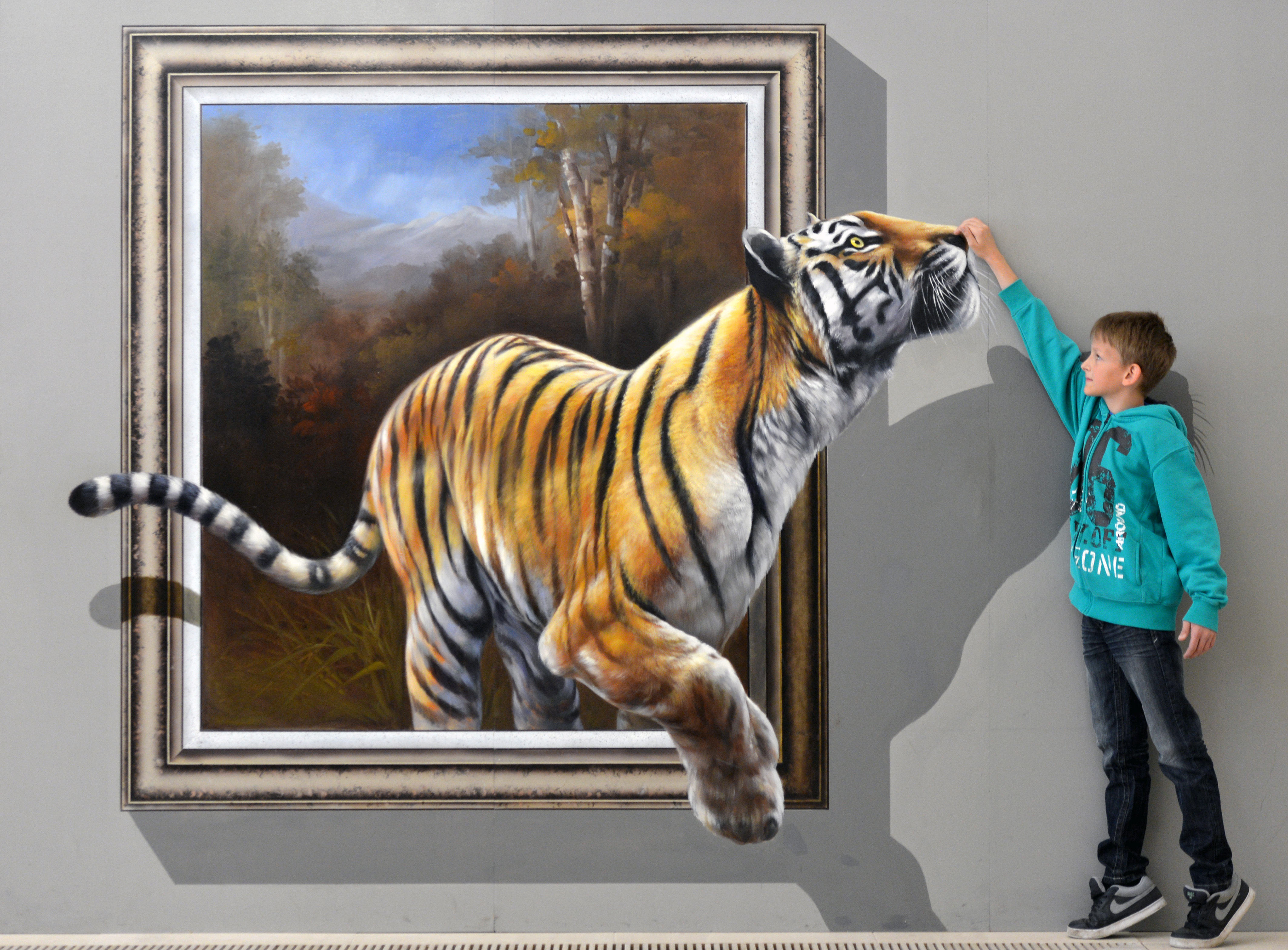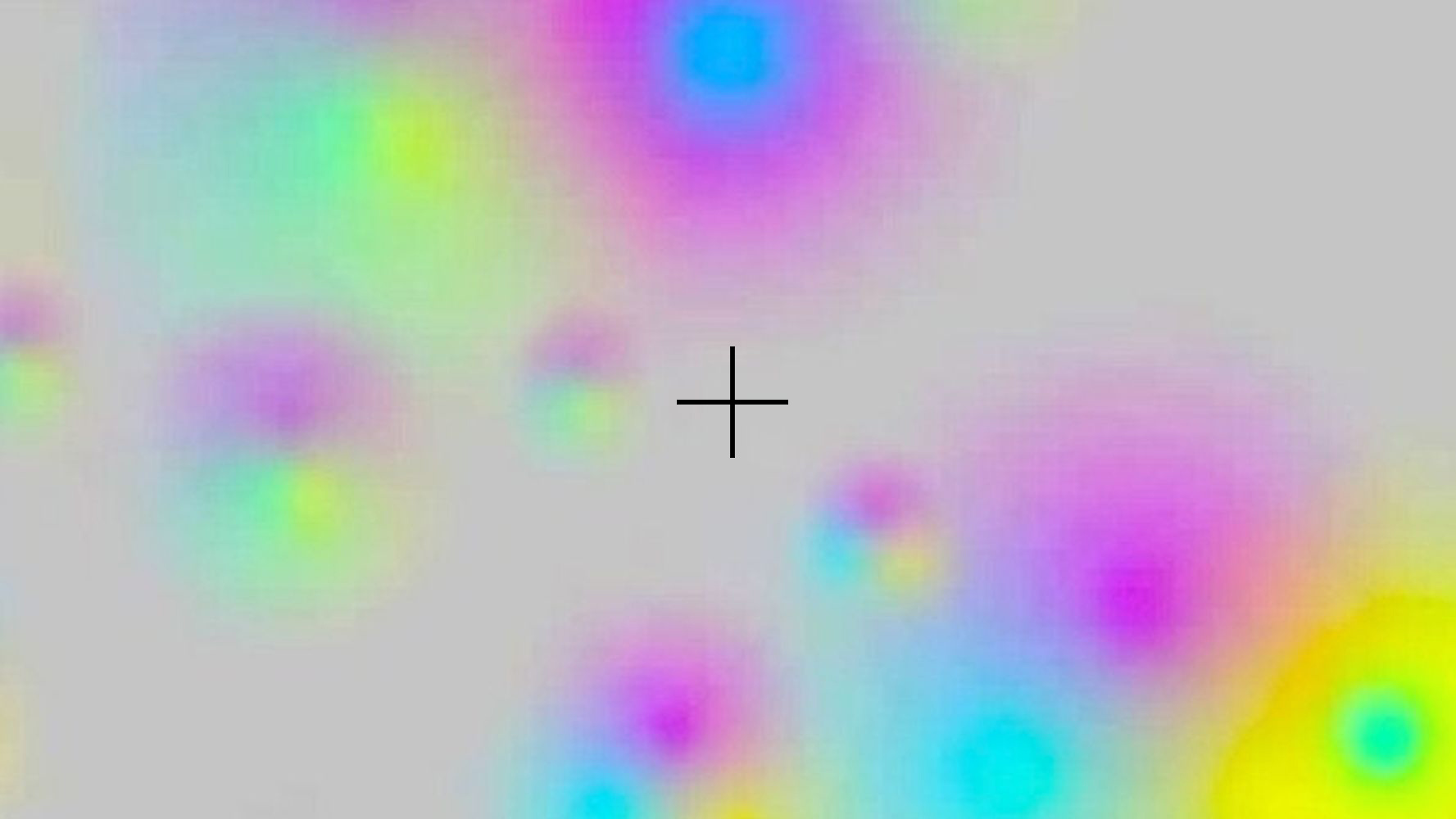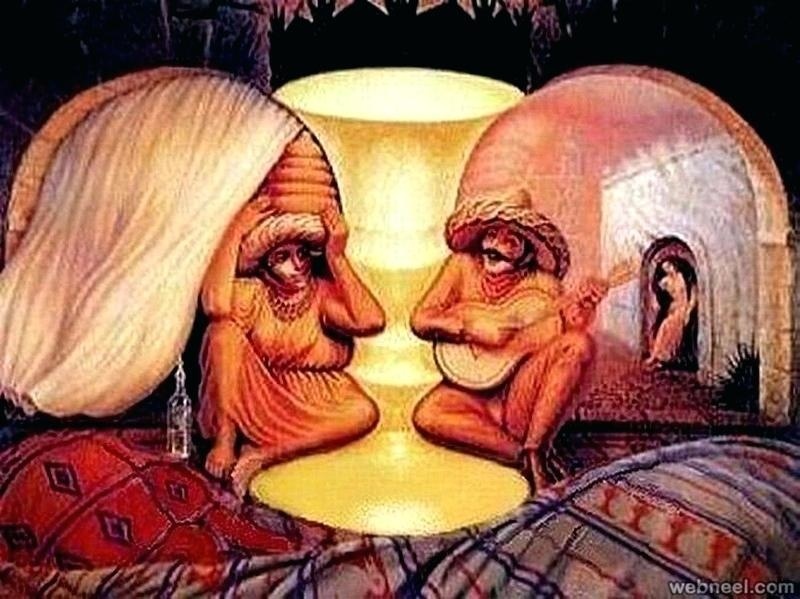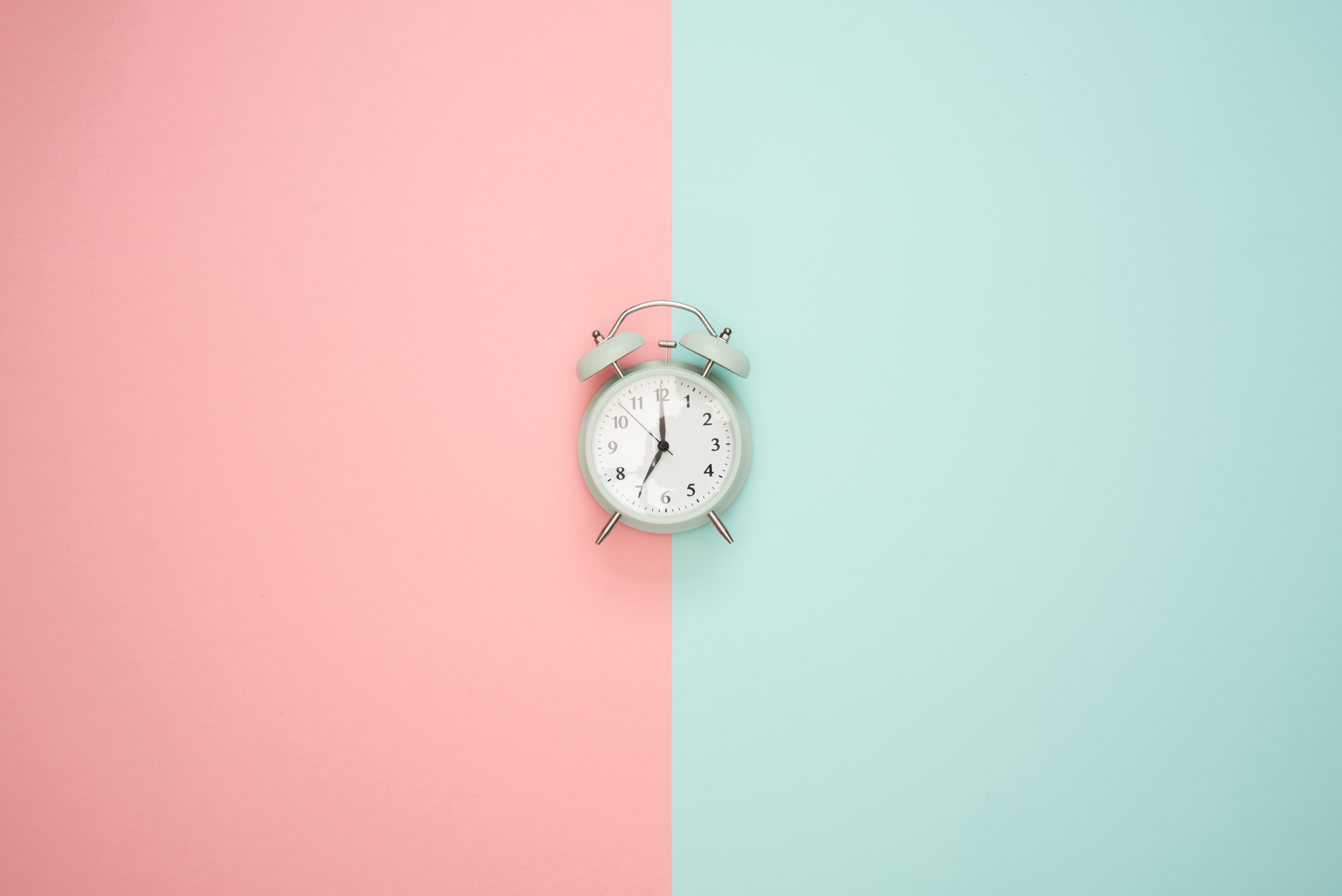How the “black hole” optical illusion messes with your mind
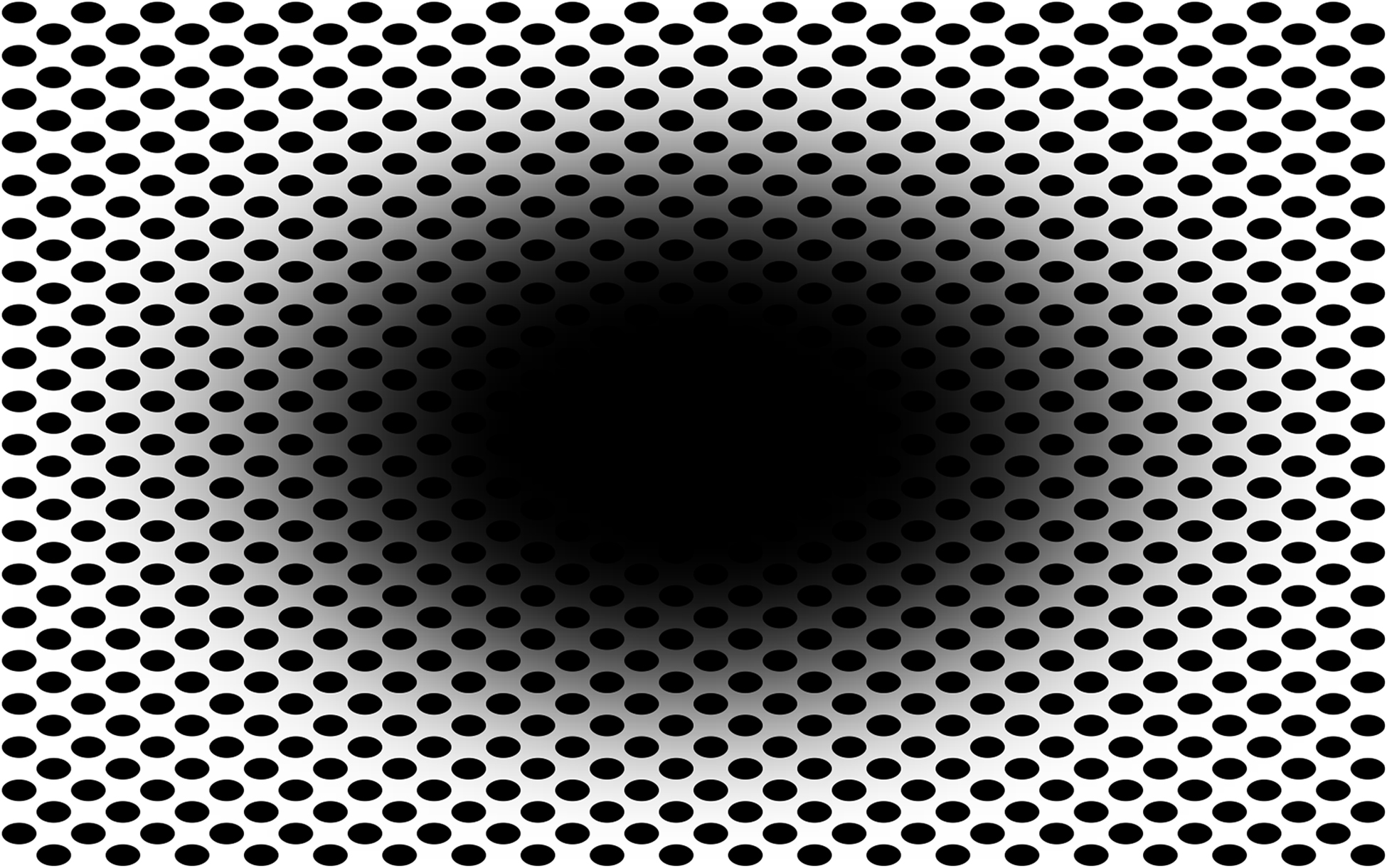
- A new optical illusion tricks you into seeing an expanding black hole. In reality, it’s stationary.
- In perceiving the image, your brain is trying to show you the future it expects — namely, that you are traveling toward a dark tunnel.
- This illusion even causes real physiological effects: Your pupils dilate to take in more light.
Gaze at the image above. The black hole isn’t moving, but does it seem to be expanding to you? If so, don’t worry; you’re in good company. About 86% of subjects who viewed the illusion in a study recently published in the journal Frontiers in Human Neuroscience perceived the black hole as getting larger, and the reason why is rather extraordinary. Your brain is trying to show you the future, or at least the future it expects.
According to the psychologists behind the study, hailing from the University of Oslo in Norway and Ritsumeikan University in Japan, you’re not seeing very far into the “future” — only a measly 100 milliseconds. But seeing as how there is a brief delay in information from the eye reaching the higher areas of the brain, perceiving this future can come in handy if you were actually moving rapidly through space.
So how is the “black hole” optical illusion actually tricking you?
“The circular smear or shadow gradient of the central black hole evokes a marked impression of optic flow, as if the observer were heading forward into a hole or tunnel,” the researchers explained. “The visual neural compensation network predicts how the stimulus would change in the next moment and generates an illusory ‘outward expansion’ of the central ‘hole’ region.”
Fascinatingly, a concrete physiological change accompanies being tricked by the illusion: Your pupils markedly dilate. The pupil is the black circle at the center of the eye that allows light to strike the retina. When pupils dilate, they are letting in more light, typically a response to darkened conditions so that you can see your surroundings more easily — useful if you’re walking into a shadowy cave, for example, where danger might lurk. The researchers tracked 50 subjects’ eyes as they observed the black hole, finding that the participants who reported seeing the most pronounced expansion had their pupils dilate the greatest.
The researchers also tried showing participants the same illusion but with colored holes, finding that the participants perceived less of an expansion, and their pupils didn’t dilate at all.
“The different colors… suggest moving toward differently illuminated spaces, where vision is likely to remain possible,” the researchers theorized. “Hence, in terms of ecological predictive behavior, these conditions seem less likely to involve a risk than navigating into a completely darkened environment, where visibility is incapacitated.”
Contrasting with the black hole illusion is the Asahi illusion, crafted by Professor Akiyoshi Kitaoka, one of the study’s co-authors. It simulates the glare of strong sunlight, perhaps when “partially occluded by plant leaves or cloud formations.” Your pupils might contract when viewing Asahi, letting in less light to avoid being blinded.

“The central region looks more luminous than the white background surrounding the gradients though it is the same white everywhere,” the researchers wrote.
Akiyoshi is one of the foremost experts on optical illusions. He has crafted numerous mind-bending images and even recently launched an open-access journal, the Journal of Illusion, aimed at studying optical illusions and their effects on viewers.
